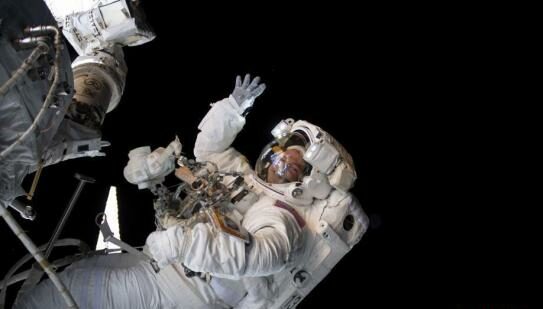January 21 According to a report by the Russian Satellite Network on the 21st, Vasily Feodorov, head of the Scientific Production Center for “Space Materials Science and Technology” of Otomsk University of Technology, said that eliminating cracks on the International Space Station will increase tension in other parts of the shell or cause new damage to the shell.
He proposed to eliminate cracks by welding electron beams.
In September 2019, a small amount of air leakage occurred on the International Space Station.
In August to September 2020, after a four-fold increase in the air leakage speed, the crew closed the hatch of the ISS module twice to check its sealing, and quarantined the station’s Russian module for several days.
It was found that the leak was located in the middle cabin of the Russian “Star” module.
Feodorov reportedly said that the exterior of the International Space Station was made of special alloys: aluminum with various elements added.
The function of this alloy means that it can resist the development of cracks, so the formation of cracks indicates that the surface of the material is “weared”.
This happens because materials are constantly subjected to cosmic rays and the elements necessary to maintain their performance “evaporate” over time.
Feodorov also pointed out that eliminating cracks in one part of the International Space Station will increase the tension of other parts of the shell.
“In this case, it’s not clear what happens to the structure,” he said.
Hard docking may cause new damage to the shell.
According to the report, he said that cracks can be eliminated by welding electron beams.
To this end, it is necessary to create local vacuum conditions at the damaged place, and then install special electron beam welding equipment, which will automatically detect and repair cracks.



